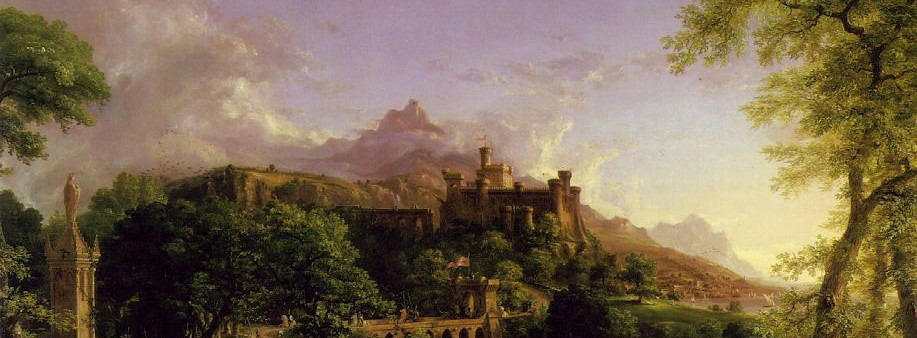Makovai
"Triumph is to be seized." - Makovai ProverbThe Makovai were a dwarven people who historically occupied a central region in the Makovai Mountains, to which they gave their name. They were one of the most influential ethnic groups of the continent, frequently influencing the land's history in major ways.
One of the oldest groups to inhabit Beurum, the earliest Makovai records indicated their presence in the mountains hundreds of years before the First Era. Every other dwarven group was thought by some scholars to be descendants of the Makovai, but particular groups such as the Sverden disputed this. The Makovai originated in the nearly endless cave systems beneath the mountains, thriving in their various subterranean ecosystems. The group particularly took to large, open areas in the caves that housed biomes such as Lek'ao (subterranean forests), Lek'enna (subterranean lakes) and Vednebel (deep ravines that opened up to natural light on top). Though they settled almost exclusively in caves, the Makovai were, from their very beginnings, no strangers to venturing above ground; in fact, they frequently did so to trade with peoples such as the Ikkatha and the Sverden. Skilled miners, the Makovai were, even before the First Era, one of the prime exporters of jewelry and metals in Beurum. By the First Era, the populations of subterranean Makovai settlements were growing faster than new space could be carved out for them. Because of this, they began to move outside of their caves and create above-ground settlements. Because the land had become increasingly occupied by large, predatory creatures, tribes of tieflings, and other hostile creatures, the Makovai fought them for their territory. This became known as "The War of Shoving," because they were essentially "shoving" the individuals into the Lands Beyond. In addition, the Makovai formed their own expeditions into the Lands Beyond in an attempt to locate the magical power supposedly located there. Until this point, the Makovai had traditionally organized themselves into various kingdoms that frequently fought each other. However, as these various factions banded together to conquer more land, something that almost everyone needed, the infighting somewhat decreased. The first dynasty to rule a large portion of the Makovai, the Katatred family, was in power from the final years of the First Era almost to the start of the Third Era. The Katatreds were replaced shortly before the Third Era by the Wurdabyrn Dynasty. Because of the significant power they had achieved in traditionally human and halfling settlements, a serious anti-dwarvish sentiment was rising among these two races. When a group of Makovai merchants peacefully took power in a central Trebai trading city in the year 6501, the High Kingdom of Beurum and the Rowen peoples launched the First Dwarven War against the Wurdabyrn Dynasty. However, before too much fighting occurred, the Kantaran Empire took advantage of the warring continent and began a centuries-long occupation of the land. The Makovai expanded into the Boundary Hills as they were largely left unbothered by the Kantarans. The period saw the Makovai population grow tenfold, and they expanded into the Boundary Hills as well as establishing heavily-visited trading posts in all the major cities of the Trebai, Alois, and the Rowen. They even formed substantial trade connections with the Ren Berig, something few groups other than the Trebai were able to do. During the Fourth Era, upon the Imperial War's end, anti-dwarvish sentiments made their return as the Trebai grew in population and contested lands in the Boundary Hills. Some humans and halfings thought of the Makovai as never having to suffer under the Kantaran yoke, and taking lands that rightfully belonged to human groups. As many of the Makovai were forced back into the Mountains, the Makovai began to further unify under one ruler, eventually forming the Four Kingdoms of the Makovai. Some Daphnea companies, in an effort to profit off of a future conflict between the Makovai and the Trebi, deliberately sparked tensions. As the Lurbamen Dynasty took control of the Four Kingdoms in the late Fourth Era, a series of assassinations of Lurbamen queens drove the Makovai to declare war on the High Kingdom of Beurum, whom they perceived as responsible. The ensuing Twenty-Year War was one of the most devastating conflicts in the continent's history, with the Makovai losing the conflict. Following the war, the people suffered revolution after revolution, a socialist government eventually emerging in the chaos.
Naming Traditions
Feminine names
Feminine names among the Makovai included Adaride, Adatha, Denabryn, Eramide, Gedretha, Hayatha, Rema, and Zenabryn.
Masculine names
Masculine names among the Makovai included Baradim, Berno, Halver, Heredem, Meredo, Nolim, Ovver, and Yigdramil.
Culture
Shared customary codes and values
Most Makovai individuals followed the Code of the Makovai, an ancient document that served as a part-religious, part-philosophical basis for society. The Code stressed the values of strength, loyalty to one's clan and family, and hard work.
In addition, the Makovai revered the notion of hope in the face of danger, personified in ancient tradition as a torch-bearer amid the darkness of a deep cave.
Ideals
Gender Ideals
The Makovai were traditionally a matriarchal people. Common in Makovai thought was the motif of a female ruler as the "mother" of all her subjects, exercising the careful control and nurturing attention that a mother might maintain over her children. Makovai women held positions such as local and national queens, heads of individual households, and government officials. Despite this, men held important positions as well, doing a majority (but not all) of fighting, government work, and manual labor.
Nonbinary Makovai individuals often made their livings as priests and other religious figures.
Related Organizations
Related Items
Remove these ads. Join the Worldbuilders Guild









Comments